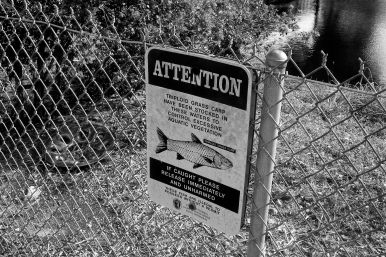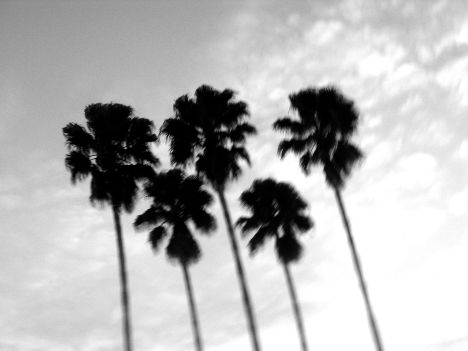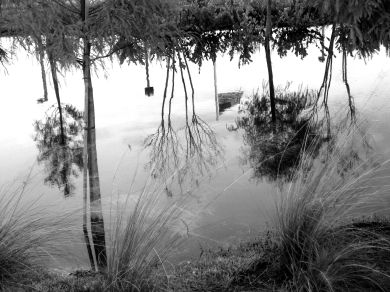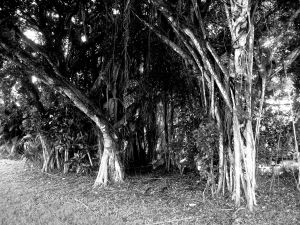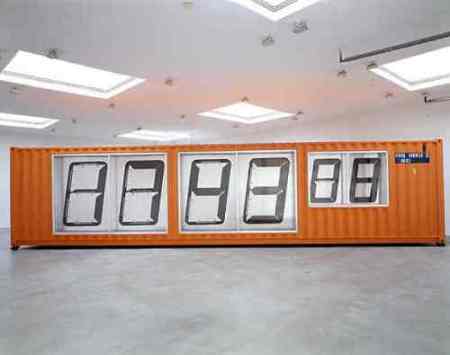I spent Thanksgiving with the in-laws and associated family who live deep in the hinterlands of Florida, just a mile from the hard edge between suburbia and wilderness. Staying there makes me sad, I’ll make no bones about it. Nobody moves very much at all, and all the food comes from bags and boxes, and the there are veritable dunes of sweet junk accumulated in various places around the house, which the kids consume at all hours of the day. Not just on Thanksgiving. All the time. Much of day-to-day conversation is taken up by what’s on sale where. Perhaps understandable because they are so barely hanging on economically, having painted themselves into small corner via revolving credit, car leases and no retirement savings. So much fear, barely kept at bay with Xanax and Wellbutrin, and a reluctance to accept it or address it. I try not to judge. Self control comes easy to me, generosity is a bit harder. I try to see my in-laws as heroic but tragic figures within a larger game they haven’t quite figured out how to control. I wish I could figure out how to connect. They think I’m odd and a bit nuts. I probably am, in my own way.
But that’s why I get so restless there. After just a day I’m yearning for escape. In my self-tracking days I used to just wander for miles and miles through the de-peopled “communities”, along the strip malls, trying to make up my daily distances, six miles, seven miles or even eight miles, trying to control what can’t be controlled.
Now that I only walk for pleasure I decided for something more ambitious and perhaps symbolic; to walk from the swamp to the ocean, which happens to be 14 miles. The purpose of the walk was not only to shake off the mental confinement of being trapped between kitchen and couch, but to look at the Sunshine State from a pedestrian perspective rather than from a minivan or SUV, and perhaps impress upon those nieces that the world doesn’t end at the bottom of their cup-de-sac, that there is a way out.
Here are some of the pictures from that epic walk, which took me just over three hours:
I know the images are pointedly melancholic and not at all how most people experience South Florida, but that’s how it feels to me. I only saw a handful of pedestrians on my walk. Like, a few people standing on the sidewalk with boards announcing bargains. Some unexpected shared humanity there.
Needless to say everyone thought I was crazy, even crazier to take the bus back, but on that bus, humming with conversations, I felt I was somewhere, a real place.


